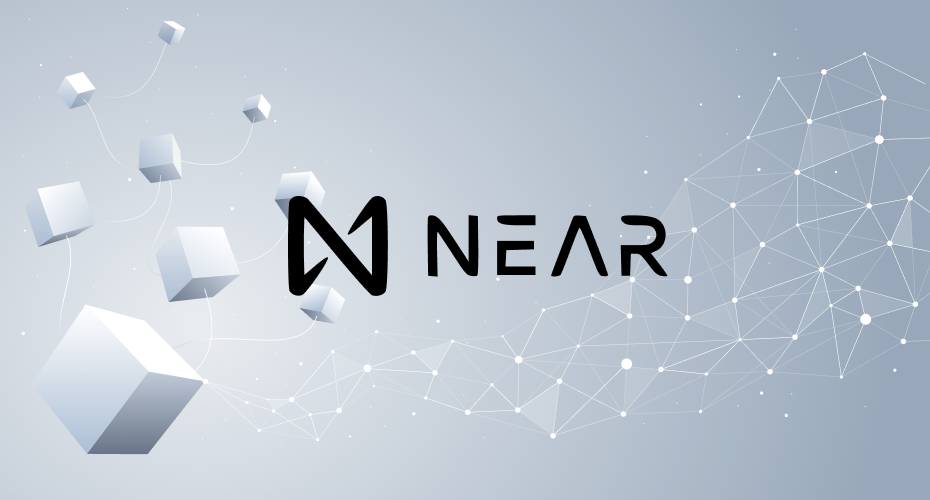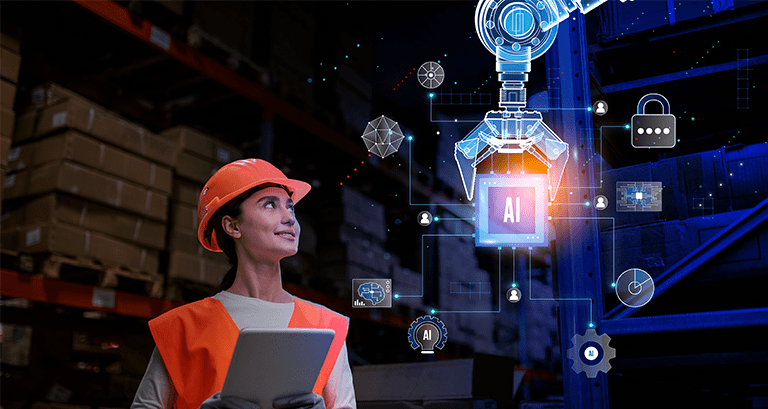Near Protocol
Introduction
Web 3.0 is popularly known as the decentralized web. And the decentralized web is known for empowering cryptos, NFTs, metaverse, DeFi, etc. The benefits of DeFi have attracted enterprises and start-ups alike, with its decentralized financial services opportunities. Nevertheless, DeFi protocols are criticized for high transaction fees, slow transaction speed, and not being favorable for the environment. New technologies are being created to solve the above-mentioned problems. One of the protocols that were introduced to tackle the problem in 2020 was the NEAR protocol.
NEAR Protocol: Details
Near protocol is a layer-1 blockchain network. It focuses on achieving scalability by utilizing Nightshade- a unique sharding technological advancement. Launched in 2020, the NEAR protocol was introduced as a decentralized cloud infrastructure to host decentralized applications (DApps). It is known for providing cross-chain interoperability with the help of “Rainbow Bridge'' and a layer-2 solution known as “Aurora”. Assets and ERC-20 tokens can be transferred from Ethereum protocol to NEAR protocol with lower transaction fees, and higher throughput.
NEAR Token
NEAR protocol has its native token known as NEAR. It can be used by users to pay a transaction fee or data storage fees on the protocol. NEAR tokens can also be staked in the NEAR wallets to receive rewards or earn rights to vote for governance proposals.
The working mechanism of the NEAR protocol
The working mechanism of the NEAR protocol can be understood by looking at the three important factors. It has implemented these features to enhance the working of its ecosystem and compete with other blockchain networks.
Nightshades
Nightshade is a sharding technology that helps the ecosystem to process data efficiently. Sharding is a process where the transaction process is split across multiple validator nodes. Thus, every node only takes care of a small fraction of transactions, increasing transactions per second.
Nightshade uses block producers and validators to process transaction data parallelly in multiple shards. A fraction of the next block will be produced by each shard. Each fraction produced is called a chunk. These chunks are then moved forward, processed, and stored on the blockchain network to complete the transaction. Nightshade is said to have millions of transactions per second without affecting the performance of an ecosystem. But, as per the situation, it dynamically split and merges shards on network traffic and use of resources. The number of nodes increases if the network is at high capacity. Thus the number of nodes increases or decreases as per network requirements, maintaining efficiency and keeping fees low.
Rainbow Bridge
Rainbow bridge is a permissionless, and decentralized bridge, that permits users to transfer ERC-20 tokens, stablecoins, wrapped tokens, and NFTs in between Ethereum and NEAR protocol. Thus, users and developers take advantage of this higher throughput and lower fees. It takes around 1 to 2 seconds to complete a transaction under 1 dollar on the NEAR protocol. But, if a user wants to move the token back to Ethereum, then it may take longer and cost more money as well. The final value entirely depends on the current traffic and gas price of Ethereum.
Tokens can not be transferred directly. Therefore, to transfer/bridge the tokens, users have to follow the process:
- Firstly, they need to send and deposit their tokens in an Ethereum smart contract.
- As stated above, direct transfer is not possible, tokens are locked, and circulated on the Ethereum network.
- Now, new tokens are created on the NEAR protocol that represents the original tokens stored on Ethereum smart contract.
- Thus, the total circulation remains constant across both blockchain networks.
3. Aurora
It is a layer-2 solution that assists developers to enlarge their applications on Ethereum-compatible platforms. It provides low transaction costs and higher transaction costs for its users. As per the NEAR protocol’s data, Aurora can host thousands of transactions per second with a total of 2 seconds of blockchain confirmation time.
It consists of the Aurora Engine and Aurora Bridge. Aurora Engine is an Ethereum Virtual Machine for NEAR. It supports Ethereum and all tools available on it as well. Thus, users do not have to rewrite their Dapps or learn to work on them. Along with bridging ERC-20 tokens, and other tokens, Aurora Bridge can also be used to bridge smart contracts. Participants pay low transaction fees with ETH on Aurora.
Use-cases of NEAR protocol
- Decentralized Finance (DeFi)
- NFTs
- DAO
What services can Nu10 provide on NEAR protocol?
- Advance, scalable, and secure DApps.
- Innovative, feature-rich NFT marketplaces on Near Protocol.
- Smart contract development services to regulate business processes on Near protocol.
- We assist companies to benefit interoperability of the NEAR protocol by launching cross-chain bridges on the Protocol.
- We also assist companies by developing and running nodes on the NEAR protocol.
- We also develop and deploy wallets into DApps and decentralized exchanges.
- We offer DAO creation and integration.
If you want to build a blockchain solution on NEAR protocol, contact our team of blockchain consultants today!
About Author
Mohit Kataria
Mohit, a career entrepreneur with 21+ years of experience, specializes in conceptualizing large scale analytics initiatives and driving them to success. He co-founded Manthan Research & Analytics, later acquired by M3 and rebranded as m360 Research. He excels in building and scaling high performance teams.









